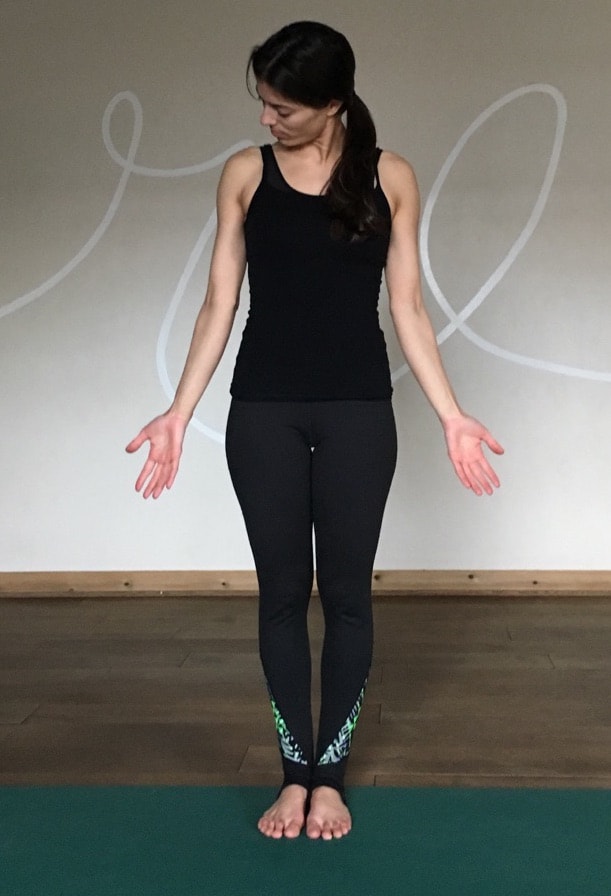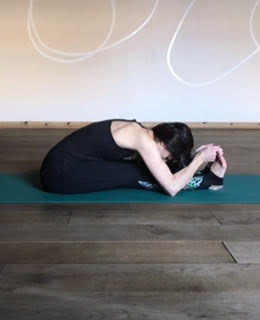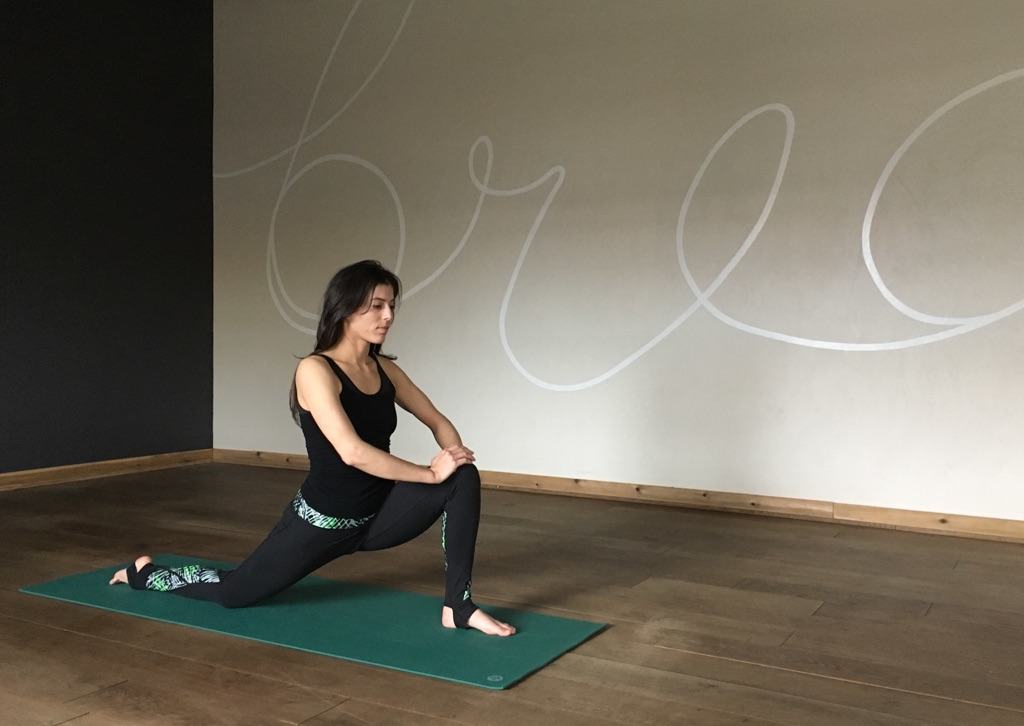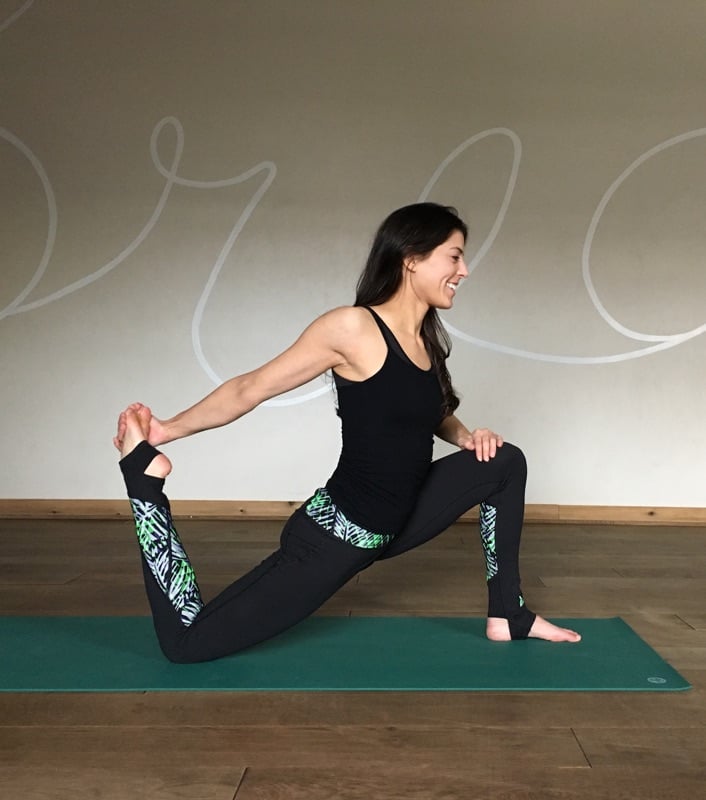In the Climber’s Guide To Yoga series, Julia “Jules” McGuire breaks down how climbers benefit from a consistent yoga practice. Jules is both a seasoned yoga practitioner and a well travelled climber. She teaches two popular yoga classes on Saturdays (1230pm and 2pm) at the Avondale gym and can be spotted gracefully making her way up lead routes and boulder problems when class is over.
Before any climber’s feet transfer from floor to wall a list of safety checks must be met: harnesses are double-backed, figure-eight knot is secured, belay device is locked and properly loaded, climbing area is clear, etc. Ropes should be thoroughly inspected to rule out any frays and/or weak spots (i.e. the rope should not fold completely on itself when a section is pinched.) With climbing shoes on, chalk bag filled, and safety checks complete, the climber is totally ready to crush, right? Not quite.
Ropes should be thoroughly inspected to rule out any frays and/or weak spots (i.e. the rope should not fold completely on itself when a section is pinched.) With climbing shoes on, chalk bag filled, and safety checks complete, the climber is totally ready to crush, right? Not quite.
In addition to securing equipment and checking the surrounding area, it is also crucial that a climber assesses and understands their physical limits. Aside from the inherent danger of venturing into great heights, a climber’s biggest threat may lie within their own bodies. Rock climbing serves up many physical demands on the body – demands that necessitate absolute dedication and follow through. In some cases, failure to commit to the next move, clip, or top out could results in severe consequences. To best deter injury, supplementing a climbing routine with yoga could be the answer to lengthening the life of a climber’s tallest endeavors.
Yoga teachings refer to three areas of the body that are most prone to injury: the cervical spine (neck), lumber spine (lower back), and knees. Many yoga postures and exercises help stretch stiffened and overworked climbing muscles as well as strengthen and develop balance in underemphasized muscles.
A brief breakdown on some high priority “yoga for injury prevention” is as follows:
- Cervical spine: Begin with a tall spine. Drop your chin to chest while relaxing your shoulders down away from your ears.
 Keeping your chin connected to your chest, drag your chin over to your right shoulder. Hold here for several counts, then slowly move back through center and repeat to the left shoulder.
Keeping your chin connected to your chest, drag your chin over to your right shoulder. Hold here for several counts, then slowly move back through center and repeat to the left shoulder.
- Tip: Belay glasses also help take a tremendous load off a belayer’s neck as they keep close watch on their partner.
- Lumbar spine: This area serves as a major junction for muscles and nerves descending to the lower body. For optimal lumbar health, a focus on 3 areas is key: hamstrings, psoas, and sacral joint.
- Hamstrings: Keeping a vertical spine, sit in dandasana (staff pose) with legs stretched out in front of you.
 Flex all 10 toes back towards your face, and slightly tilt your pelvis forward. If you’re still looking to go deeper into the hamstrings, fold into paschimottanasana by pulling your feet towards your face with your hands. As you fold, imagine that your spinal column is a rigid rod that cannot bend. This will help you lead with your chest as you soften your upper body on top of your thighs.
Flex all 10 toes back towards your face, and slightly tilt your pelvis forward. If you’re still looking to go deeper into the hamstrings, fold into paschimottanasana by pulling your feet towards your face with your hands. As you fold, imagine that your spinal column is a rigid rod that cannot bend. This will help you lead with your chest as you soften your upper body on top of your thighs.
- Tip: use a strap placed just below your toes to help flex your feet back towards your face if you cannot reach your feet with your hands.
- Psoas: Step into a low lunge with your right knee bent directly over the right ankle.
 Kick the top of your left foot into the floor beneath you to intensify the stretch deep within the hips. Repeat on the opposite side.
Kick the top of your left foot into the floor beneath you to intensify the stretch deep within the hips. Repeat on the opposite side. - Sacral Joint: supported bridge pose is a great restorative posture to alleviate tightness incurred from clinging to overhangs and aggressive bouldering sessions.
 With a yoga block on hand, lie on your back, bend your knees, and walk your feet close enough to your body that your fingertips can touch your heels. Firm down into your heels as you lift your hips towards the sky. Place the block at the tallest height underneath the lowest part of your spine and completely relax onto the block.
With a yoga block on hand, lie on your back, bend your knees, and walk your feet close enough to your body that your fingertips can touch your heels. Firm down into your heels as you lift your hips towards the sky. Place the block at the tallest height underneath the lowest part of your spine and completely relax onto the block.
- Hamstrings: Keeping a vertical spine, sit in dandasana (staff pose) with legs stretched out in front of you.
- Knees: step into low lunge, right knee forward, then bend your left knee to lift your foot off the ground.
 Grab the inside of your left foot with your left hand and gently pull your left foot directly towards your body. Repeat on the opposite side.
Grab the inside of your left foot with your left hand and gently pull your left foot directly towards your body. Repeat on the opposite side.
- Tip: If your bent knee is sensitive, use two yoga mats or simply fold the edge of your mat over to double up the cushion.
Just as a climbers progress through the Yosemite Decimal System of 5.10s, 11s, 12s, it is imperative to balance such progression in the body with equalized muscle development and maintained (better yet, increased) flexibility. Practicing yoga will unfold a plethora of benefits to any climber’s repertoire and most importantly, help avoid injury. Check out First Ascent’s diverse lineup of yoga classes available at all locations. Classes are included in your membership or day pass. With several yoga styles to choose from, you’ll be sure to find a class that harmonizes your yogic inclinations to your climbing ambitions. Intro classes are the perfect setting for beginners, and the Yoga for Climbers class is specifically tailored to the inherent needs of a climber’s body. Be well, climb well, and stay safe both on the rock and inside your rock hard body!
